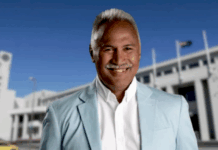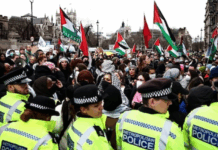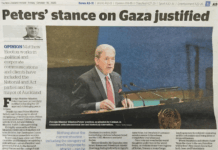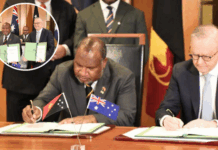
A national state of emergency has been declared today after Cyclone Gabrielle unleashed fury across the North Island of Aotearoa New Zealand.
There has been widespread power outages, flooding, slips and damage to properties.
Emergency Management Minister Kieran McAnulty said both the prime minister, and the Opposition spokesperson for emergency management were supportive of the move.
- READ MORE: Cyclone Gabrielle lashes NZ’s North Island – Whāngarei basin residents told to evacuate
- Cyclone Gabrielle: Flooding and land slips isolate some Auckland regions
- Firefighters trapped, injured in Auckland’s Muriwai house collapse
- By the numbers: Cyclone Gabrielle’s impact
- Cyclone Gabrielle: Who to call, what to do if the roof comes off or windows smash
- Follow RNZ’s live news blog
He said this was an unprecedented weather event impacting on much of the North Island.
This is only the third time in New Zealand history a national state of emergency has been declared — the other two being the 2011 Christchurch earthquakes and the covid-19 pandemic.
The national state of emergency is declared. Video: RNZ News
The declaration, signed at 8.43am, will apply to the six regions that have already declared a local State of Emergency — Northland, Auckland, Tairāwhiti, Bay of Plenty, Waikato, and Hawkes Bay.
A national state of emergency gives the National Controller legal authority to apply further resources across the country and set priorities in support of a national level response.
Speaking to media at the Beehive, McAnulty said Tararua District had also declared a state of emergency.
‘Significant disaster’
“This is a significant disaster with a real threat to the lives of New Zealanders,” he said.
“Today we are expecting to see more rain and high winds. We are through the worst of the storm itself but we know we are facing extensive flooding, slips, damaged roads and infrastructure.
“This is absolutely not a reflection on the outstanding work being done by emergency responders who have been working tirelessly, local leadership, or civil defence teams in the affected areas.
“It is simply that NEMA’s advice is that we can better support those affected regions through a nationally coordinated approach.”
He said the National Emergency Management Agency (NEMA) met with local civil defence teams early this morning and heard that a national state of emergency would be beneficial for them.
It allowed the government to support affected regions, coordinate additional resources as they are needed across multiple regions and help set the priorities across the country for the response, he said.
“Our message to everyone affected is: safety first. Look after each other, your family and your neighbours. Please continue to follow local civil defence advice and please minimise travel in affected areas.
‘Don’t wait for services’
“If you are worried about your safety — particularly because of the threat of flooding or slips — then don’t wait for emergency services to contact you.
“Leave, and seek safety either with family, friends, or at one of the many civil defence centres that have been opened.”
He said iwi, community groups and many others had opened up shelters and were offering food and support to those in need.
“I also want to acknowledge that there have been reports of a missing firefighter – a volunteer firefighter — who is a professional and highly trained but left their family to work for their communities and the search continues.
“Our thoughts are with the FENZ staff and their families.”
Acting Civil Defence Director Roger Ball said we have had multiple weather warnings and watches in place and the effects of the cyclone will continue to be felt across the country today.
He said that if other regions or areas declared local states of emergency, they would be added to the national declaration.
“Under a state of national emergency, myself as the director and my national controller have authority to direct and control the response under the Civil Defence Emergency Management Act, including allocation of resources and setting priorities.”
He said no effort would be spared.
This article is republished under a community partnership agreement with RNZ.
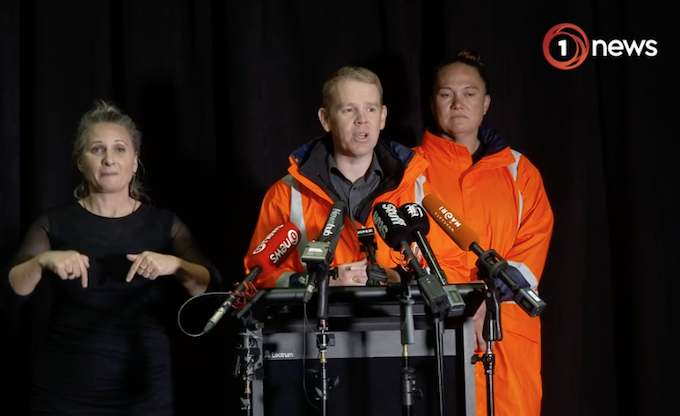
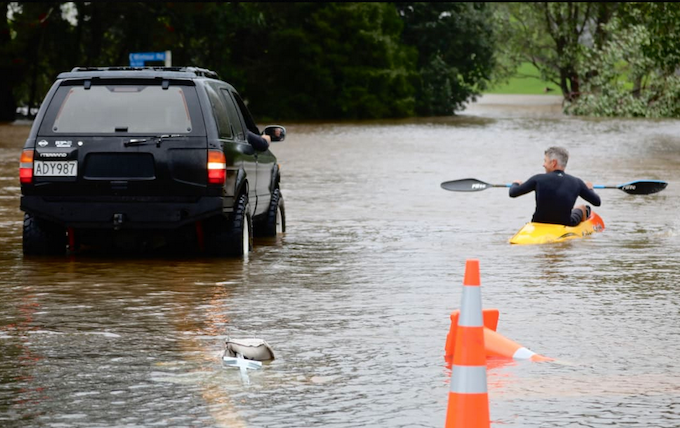
Images of Hikuwai River bridge north of Tolaga Bay with the water level at more than 14m. Source: Manu Caddie FB





